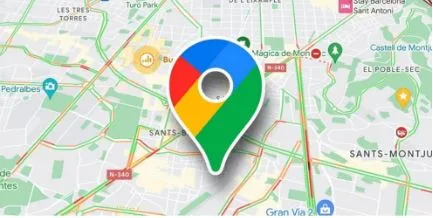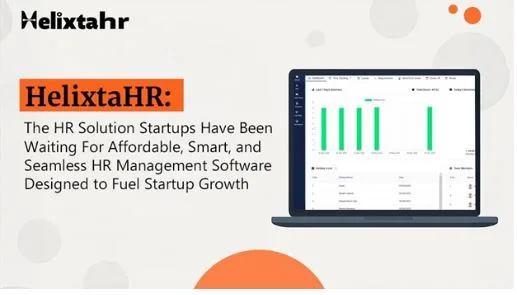What is a Drawdown Pension? Your Complete Guide
Retirement planning can be scary, especially when faced with a jungle of jargon and options. One phrase you’ll come across is “drawdown pension.” But what exactly is a drawdown pension, and could it be right for you?
A drawdown pension allows you to access your pension pot flexibly, keeping the rest of the money invested. Instead of converting the whole pot into a guaranteed income with an annuity, pension drawdown gives you control over how much income you take and when. Since the introduction of pension freedoms in 2015, this has become more popular among retirees who want flexible income options.
Understanding how drawdown pensions work is key to making informed decisions about your retirement income. The decisions you make now will affect your lifestyle, tax position, and financial security for decades. Let’s look at the key details, including pension drawdown tax rules, risks, benefits, and when this might be right for you.
How Does Pension Drawdown Work?
You can start pension drawdown from 55 (rising to 57 in 2028). It applies to defined contribution pensions such as a self-invested personal pension (SIPP) or workplace scheme. The first step is to move your pension pot into a drawdown arrangement with your pension provider such that you can easily access your pension, while your money still remains invested.
You can then take income from your pension, either through regular withdrawals, one-off lump sums, or a combination. Meanwhile, your drawdown pot will rise or fall depending on how your investments perform. It is wise to get guidance from a financial adviser at this stage. Pension Potential offers some of the best financial advice and services when it comes to retirement savings, pension planning, and setup.
Tax Rules and Withdrawals
- 25% tax-free lump sum: You can usually take up to 25% of your pension pot as a tax-free lump sum as long as the total is less than £268,275.
- You pay income tax on the rest of your pension savings at your marginal rate.
- Withdrawals are added to your taxable income, so large withdrawals could put you in a higher tax bracket for that tax year.
- Taking income gradually will reduce how much tax you pay. You need to plan withdrawals carefully. Taking too much money too early could deplete your pot, especially if markets go down as well.
Types of Drawdown Pension
Flexi-Access Pension Drawdown
The most popular option today is flexi-access drawdown, which gives you full control over when and how much income to take. There’s no upper limit on withdrawals, although your provider may impose minimum amounts.
Once you access pension savings via flexi-access, you trigger the Money Purchase Annual Allowance (MPAA). This reduces the amount you can pay into pensions each year to £10,000, limiting further tax relief on contributions.
Capped Pension Drawdown (Pre-2015)
Before April 2015, capped pension drawdown set limits on yearly withdrawals. These rules no longer apply to new plans, but existing users can continue under the old rules or switch to flexi-access for more flexibility.
Key Benefits of Drawdown Pensions
Investment Growth Potential
Because your money remains invested, there’s potential for long-term growth. This can help offset inflation and increase your pension income over time, especially if you’re retired for 20-30 years.
Flexible Income
You decide how and when to take your pension drawdown. You can take a small income while still working part-time or larger sums for big expenses. You can also pause withdrawals during market dips or when other income sources are sufficient.
Inheritance Tax Benefits
Unused pension funds can usually be passed to your family. Your drawdown pension may be inherited free from inheritance tax and income tax if you die before 75. After that, it’s taxed at income tax when accessed by your beneficiaries.
Control Over Investments
With many pension providers, you can choose from a wide range of investment funds or use an investment pathway that matches your goals. You can adjust your risk level over time to protect your remaining money.
Drawbacks and Risks
Investment Risk
Unlike pension annuities, drawdown doesn’t offer a guaranteed income. Your pension pot could fall in value during downturns, especially if poor performance hits early in retirement. You may not have enough pension income to last. If you live longer than expected or take too much money too early, you could run out.
Tax
Plan withdrawals carefully to avoid moving into a higher tax band or triggering a tax charge. Taking large lump sums in one go may result in an emergency tax code, and you could pay too much tax upfront (although this can be reclaimed later).
Complexity
Drawdown requires regular decisions on how much to take, investment performance, and pension tax-free thresholds. You need to review regularly, which can be daunting without advice.
Charges and Fees
Drawdown comes with ongoing fees: platform charges, fund management costs, and adviser fees if you seek help. Make sure you understand the total cost, especially with smaller personal pensions where fees can eat into returns.
Is Drawdown for You?
Pension drawdown is suitable if:
- You want a flexible income.
- You’re happy to take investment risk.
- You have other guaranteed income (e.g., State Pension, defined benefit pensions, annuities).
- You want to leave behind a death benefit allowance to your beneficiaries.
- You’re in good health and expect a long retirement.
Not if:
- You prefer simplicity or don’t want to manage investments.
- You rely on your pension pot for income.
- You want a guaranteed income with no risk.
- You have a smaller pot that won’t last long in drawdown after fees and taxes.
You don’t have to stay with your current pension provider. Many people choose pension drawdown online after shopping around for better investment options or lower fees.
Next Steps
Choosing pension drawdown is a big decision, one that affects your lifestyle and financial security for the rest of your life. What should you do? Get a full picture of your assets, needs, and retirement goals.
Here’s how to get started:
- Explore retirement options with your existing provider or other platforms.
- Use the free and impartial Pension Wise service.
- Talk to a financial adviser.
- Review your personal allowance, withdrawal strategy, and how much tax you’ll pay over time.
Retirement planning isn’t one size fits all. Your personal situation, including tax status, risk tolerance, and life expectancy, will help you decide if drawdown is for you.
Conclusion
What is a drawdown pension? In short, it’s a way to keep your money invested and have a flexible, bespoke income. But with flexibility comes responsibility. Make sure you understand the tax, risk, and planning implications before you do.
For many, income drawdown can be freedom and control, as long as it’s managed. Contact Pension Potential today to learn how a drawdown pension can work for you.





